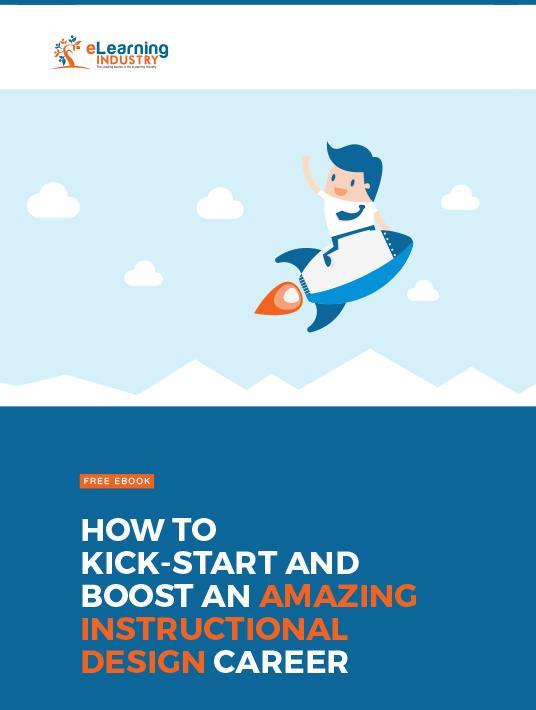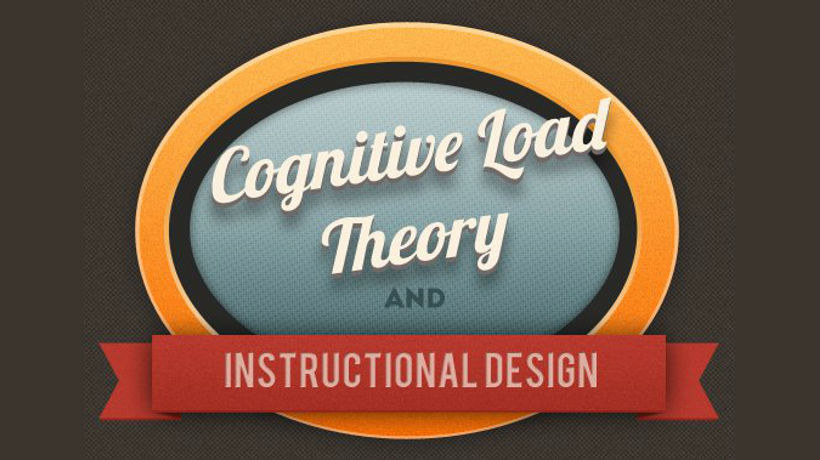eLearning Course Design: Instructional Design Theories & Models To Consider & How To Choose The Right One
If you want to be an expert in the field of Instructional Design, you need to do your research. Learning various Instructional Design theories sheds light on learning behaviors, sources of motivation, and mental processes. As a result, you have the ability to improve knowledge retention and provide more meaningful eLearning training experiences that offer real-world value. Here are 10 top Instructional Design theories that you may want to think about for your upcoming eLearning course design.

10 Perfect Choices For Your Next eLearning Course
1. Situated Cognition Theory
The Situated Cognition Theory was first introduced by Brown, Collins, and Duguid back in 1989, but its principles are still just as applicable today. Essentially, the theory relies on active learning and the concept that you cannot separate knowing from doing. It is commonly paired with the Cognitive Apprenticeship Model, which exposes learners to realistic challenges and situations. The cornerstone of the Situated Cognition Theory is that learners must be able to apply their newfound knowledge and skills outside of the learning environment. As such, eLearning professionals and online instructors must frame each online training activity or course with real-world applications. This theory also stipulates that learning is a social endeavor that gives people the opportunity to expand their knowledge through discussions and group problem-solving tasks.
2. Sociocultural Learning Theory
The original work detailing the Sociocultural Learning Theory was written in the early 1930s. Due to political turmoil under Stalin and translation issues, it took a long time to become widely known. The theory revolves around three critical elements. These are culture, language, and the zone of proximal development. It suggests that our environment plays a crucial part in a learner's development. For example, peers have the power to influence how a learner thinks or feels about a particular subject.
3. The ADDIE Model
This acronym stands for Analyze, Design, Develop, Implement, and Evaluate. The ADDIE model was first designed in 1975 by the U.S. Army by the Centre for Educational Technology at Florida State University. It is comprised of the five factors listed above, which help Instructional Design professionals tackle eLearning projects in stages. ADDIE tackles eLearning development rather than learning behaviors. It allows Instructional Designers to delve into the needs, learning objectives, and desired outcomes to create more personalized eLearning resources.
4. Merrill's Principles Of Instruction
Merill's Instructional Design theory relies on the different ways learning can be facilitated. Each phase in the learning process has an important role to play. There are four core phases of learning: demonstration, activation of previous knowledge, application, integration into real-world challenges. The approach is task-centered. In addition, this theory involves "scaffolding," whereby learners are gradually introduced to more complex ideas and concepts as the lesson progresses.
5. Discovery-Based Learning
Discovery-based learning was introduced by Jerome Bruner, a noted psychologist. Dewey, Piaget, and Vygotsky also strongly advocated a more active, discovery-centered approach. This theory suggests that learners must play a more prominent role in the learning experience. In fact, they are encouraged to ask questions and engage in self-guided exploration. It all starts by identifying the variables, followed by gathering and interpreting the information. Then, they must formulate their own hypothesis and draw conclusions based on the data. At this point, they also have the opportunity to reevaluate their assumptions and validate or debunk their original theories.
6. Inquiry-Based Learning
Joseph Schwab is one of the main proponents of the Inquiry-Based Learning Theory, which involves social collaboration and problem-solving. It suggests that individuals acquire information by interacting with peers and investigating real-world challenges. Another common method of this theory is active participation in the brainstorming process. Furthermore, inquiry-based learning helps build communication, active listening, and reasoning skills.
7. Elaboration Theory
Charles Reigeluth, an educational theorist, is the founding father of the Elaboration Theory. This theory stipulates that content should be organized and presented in a specific order. Ideally, learners must receive the most rudimentary ideas first, building up to the most complex concepts. Elaboration Theory consists of three key steps. The first is looking at the complete picture, which sums up the problem or task and emphasizes the relationship between concepts. The second is to examine the first stage or each individual competent more closely. The final step is to look at the big picture again to see how each piece fits into the puzzle.
8. Individualized Instruction
As the name implies, the Individualized Instruction Theory revolves around the individual and how they learn. This Instructional Design theory is the basis of "The Keller Plan" and "The Personalized System of Instruction," which relies on the fact that learners must be able to explore the topic on their own to fully understand the ideas involved. If you are learning something and catch on quickly, you can keep going. However, if you are not connecting with the material, the theory allows you to go at your own pace. It also accounts for learners who respond better to different learning preferences.
Individualized Instruction centers on 4 key principles:
- Learners should be able to complete the work autonomously. As a result, they have the opportunity to focus on their own strengths and areas for improvement.
- Each lesson should be followed by an assessment to gauge the learner's progress and knowledge mastery.
- Written learning materials are more common than presentations.
- Facilitators support learners and add a level of social interactivity to the experience.
9. Bloom’s Taxonomy Of Learning Objectives
This well-known theory was first developed in the 1950s. Even though some contemporary theories focused on the pure memorization of facts, Bloom focused on the cognitive domain. This portion of the theory moves up a hierarchy of processes, starting at the most basic. These specific processes include Remembering, Understanding, Applying, Analyzing, Evaluating, and Creating. The committee that Bloom oversaw also stipulated that there are 3 essential domains to consider: cognitive, affective, and psychomotor.
10. The SAM Model
This Instructional Design model allows the Instructional Designer to make changes by performing small steps and multiple iterations. You begin with the short Preparation Phase, where information on the eLearning project is gathered. Then, you move to the Iterative Design and Iterative Development, where the design is created and reviewed. This process allows for more flexible designs with rapid changes as the eLearning project moves forward.
Many of these Instructional Design theories have existed for decades now, but they still hold relevance in today's tech-centered world. Choose the right Instructional Design theory for your modern corporate learners and create profound online training courses that meet their needs.
How To Find The Right ID Theory For Your eLearning Course Design
Ideally, the Instructional Design theory you choose must align with the needs of your online learners and your client's learning objectives. The subject matter also plays a pivotal role in the process. For example, a corporate eLearning project calling for problem-based training may require Merrill's Principles of Instruction. On the other hand, Individualized Instruction is perfect for personalized learning paths that rely on self-paced studies. The key is to identify your client's expectations and needs beforehand so that you can narrow down the list of potential Instructional Design theories, then determine which one supports the learning behaviors and desired outcomes.
Conclusion
Learning about the principles behind the work that you do is important in any field, but especially in Instructional Design, as it can help your career in many ways. Your clients will appreciate your comprehensive knowledge of the field. When clients ask questions or need guidance, you will be able to support your recommendations by citing specific Instructional Design theories. Additionally, you will develop better work products utilizing the theories you have learned. While you will not be able to implement every Instructional Design theory on every eLearning project, you can take pieces from each one. Research as much as you can now—it will go a long way to helping your Instructional Design career.
Choosing the best Instructional Design model for your eLearning course design can be challenging. Read the article 8 Tips To Choose The Best Instructional Design Model For Your Next eLearning Course before deciding upon the ideal Instructional Design approach for your next eLearning course.
Get all the information you need to start a successful Instructional Design career today. Download our free eBook How To Kick Start And Boost An Amazing Instructional Design Career to learn tips on how to find your dream job as an Instructional Designer, create an amazing Instructional Design portfolio, as well as create meaningful eLearning experiences that engage and inspire.








